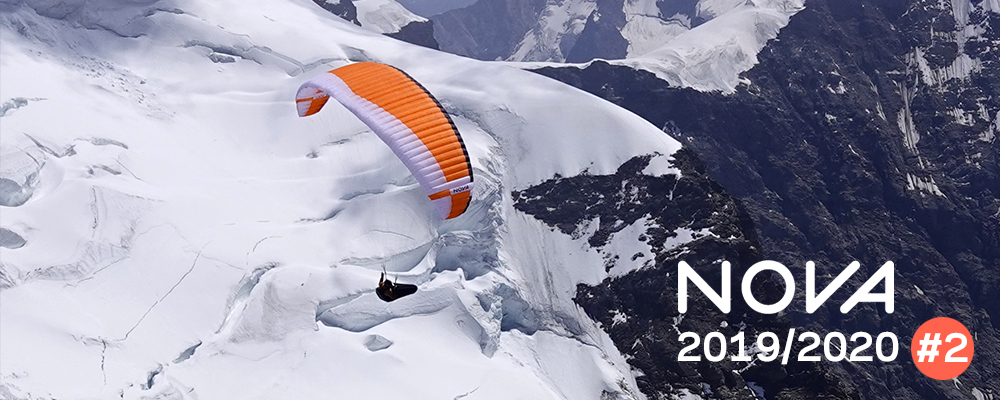
A look back at the last season
#2: The latest trends on XContest
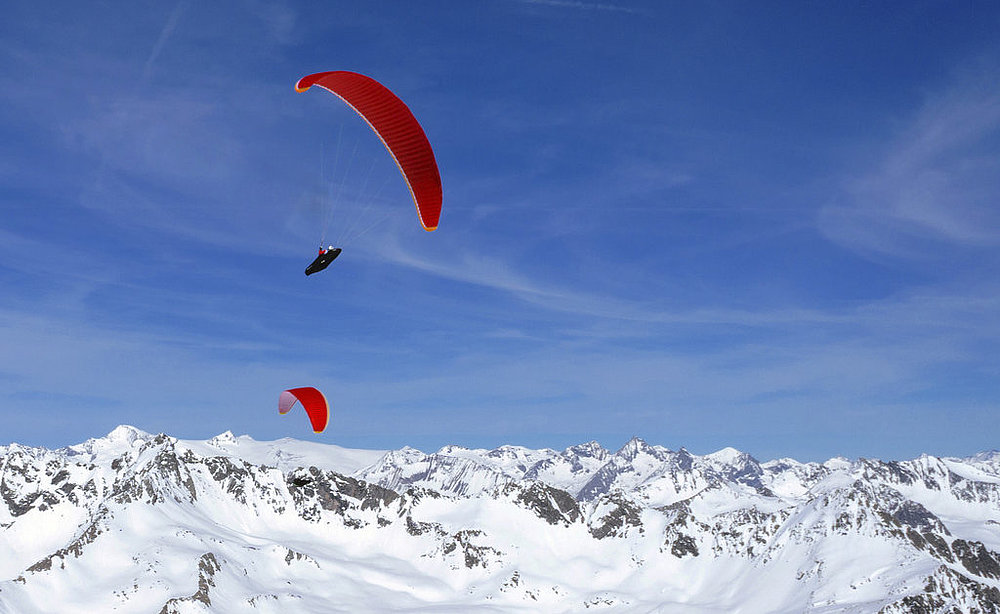
One of those good XC-days at Pustertal / Photo: Tobias Ehrmann
Increase in the numbers of participants in the XContest
The XContest (www.xcontest.org) is the cross-country league with the largest number of registered participants. This platform permits the most or easiest means of getting to the statistics. For these reasons we chose the XContest to get to the numbers behind the points. Important to note: all the statistics and conclusions made here relate to the number of pilots who upload their flights to this online league.
Generally, the number of participants has been increasing year on year. In the initial year (2007), 2622 pilots uploaded flights to the platform. In 2014 that number rose to 8934 and in 2020 - the year of the corona virus - it is 21,470! An increase of over 800%!
Conclusion: cross-country flying is booming more than ever!
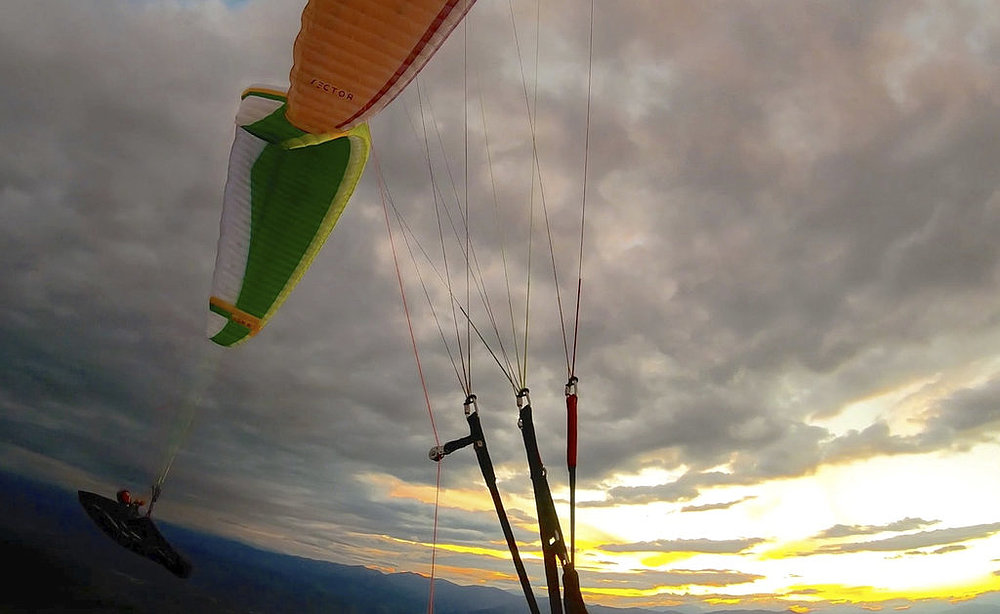
ION 6 (EN/LTF B) vs. SECTOR (EN/LTF C) / Photo: Chris Feichtl
Development of the wing categories
Let’s have a look at participation by wing category…
| Serial up to EN D | Sport up to EN C | Standard up to EN B | Women – |
2007 | 64%* | 53% | 18% | 3% |
2014 | 72% | 61% | 42% | 4% |
2020 | 72% | 65% | 49% | 5% |
* Value is not comparable due to change in classification
We were a little amazed as we had a feeling that in 2020 a higher proportion of pilots would compete in the open class i.e. EN D, because two-liners dominated the rankings. But this is definitely not the case. Considering that the serial class also includes EN A to C, the proportion of EN D gliders actually decreases!
Conversely, the Standard Class (EN B including EN A) has been increasing steadily for years! 49% of all flights submitted in the 2020 season were flown with EN A and B gliders! This means that even among the more ambitious XC pilots the trend is still towards standard class! Considering that "fun pilots" who do not submit their flights place far more importance on passive safety when choosing their glider, it becomes clear how important EN A and EN B wings are today.
Conclusions:
- The proportion of Serial Class wings is relatively constant!
- Today the proportion of Standard Class wings is nearly 50% and increasing.
- The proportion of women who submit cross-country flights has risen from 3% to 5% but this number remains very low.
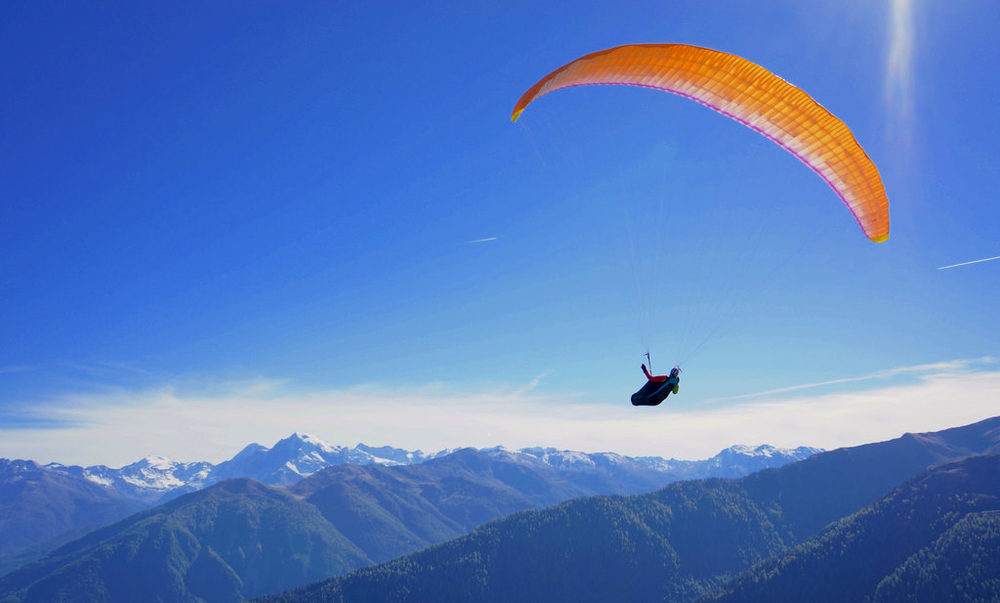
Cross-country with the SECTOR / Photo: Till Gottbrath
Developments at the top level
Let’s look at the performance development in general and in different classifications. The following overview shows the change in the number of points of the winners in the individual categories in relation to the number of points in 2007:
Season | Overall winner | Sports class winner | Standard class winner | Women’s class winner |
2008 | 118% | 112% | 150% | 104% |
2009 | 112% | 107% | 164% | 158% |
2010 | 121% | 133% | 195% | 156% |
2011 | 124% | 142% | 195% | 164% |
2012 | 121% | 131% | 180% | 152% |
2013 | 146% | 142% | 218% | 245% |
2014 | 143% | 156% | 238% | 197% |
2015 | 139% | 160% | 244% | 250% |
2016 | 153% | 154% | 235% | 198% |
2017 | 161% | 145% | 208% | 234% |
2018 | 172% | 145% | 222% | 212% |
2019 | 177% | 188% | 265% | 298% |
2020 | 177% | 144% | 220% | 327% |
The smallest increase in performance was among the overall winners with 177% compared to 2007. The women achieved the highest rate of increase, up 327%, with the highest increase in the standard class being 265% and in the sports class 188%.
Conclusions:
- In the Open Class, gliders and/or pilot skills may have developed less than in the Sport or even Serial Class.
- Women have improved a lot.
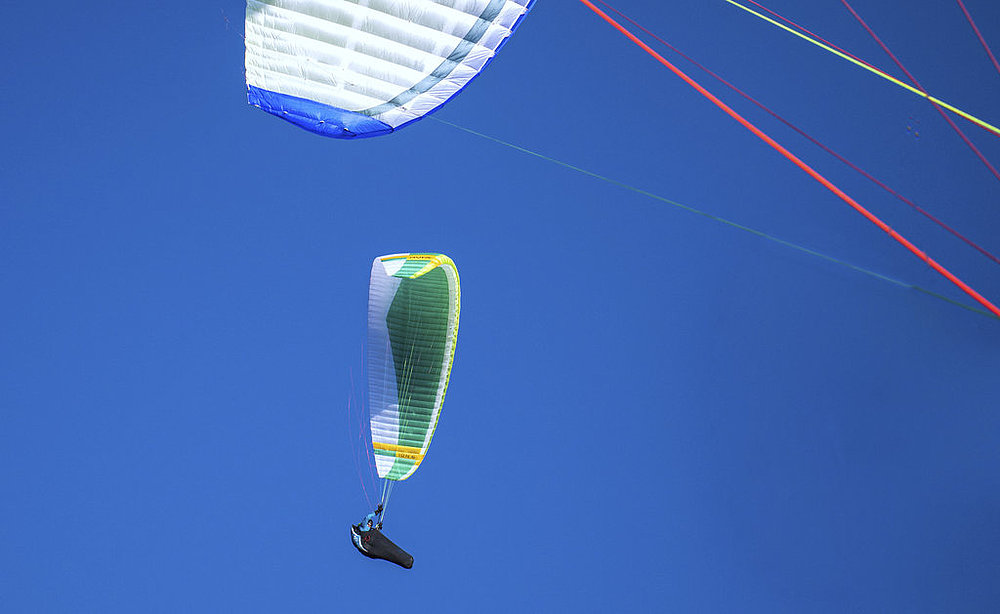
ION 6 and MENTOR 6 Light are wings of the Standard class / Photo: Werner Luidolt
Performance development in general (Rank 50)
The previous table showed the absolute top level. This begs the question how performance improved more generally. For this we put the score of the pilot ranked 50 in relation to the respective winner in the individual categories.
Season | Rank 50 relative to Overall winner | Rank 50 relative to Sports Class winner | Rank 50 relative to Standard Class winner | Rank 50 relative to Women’s Class winner |
2007 | 54% | 50% | 36% | 21% |
2008 | 53% | 55% | 31% | 32% |
2009 | 60% | 64% | 33% | 28% |
2010 | 65% | 61% | 32% | 34% |
2011 | 62% | 57% | 39% | 33% |
2012 | 68% | 54% | 43% | 35% |
2013 | 62% | 57% | 51% | 22% |
2014 | 65% | 56% | 48% | 33% |
2015 | 68% | 62% | 47% | 30% |
2016 | 62% | 57% | 46% | 39% |
2017 | 62% | 63% | 54% | 35% |
2018 | 60% | 65% | 52% | 39% |
2019 | 66% | 60% | 50% | 32% |
2020 | 52% | 62% | 50% | 28% |
Overall and in the Sports Class there are clear trends. The pilot ranked 50 got between 50 and 68% of the points of the winner. The difference is higher in the Standard Class (31 - 54%) and still higher for women (21 - 39%). These numbers have completely logical explanation: Pilots with higher aspirations will choose a higher category glider.
Conclusions:
- Overall and in the Sports Class, the performance differences between the top level and in general are relatively constant.
- If you want to achieve a good placement in your category, you should fly Standard Class. Or be a woman.
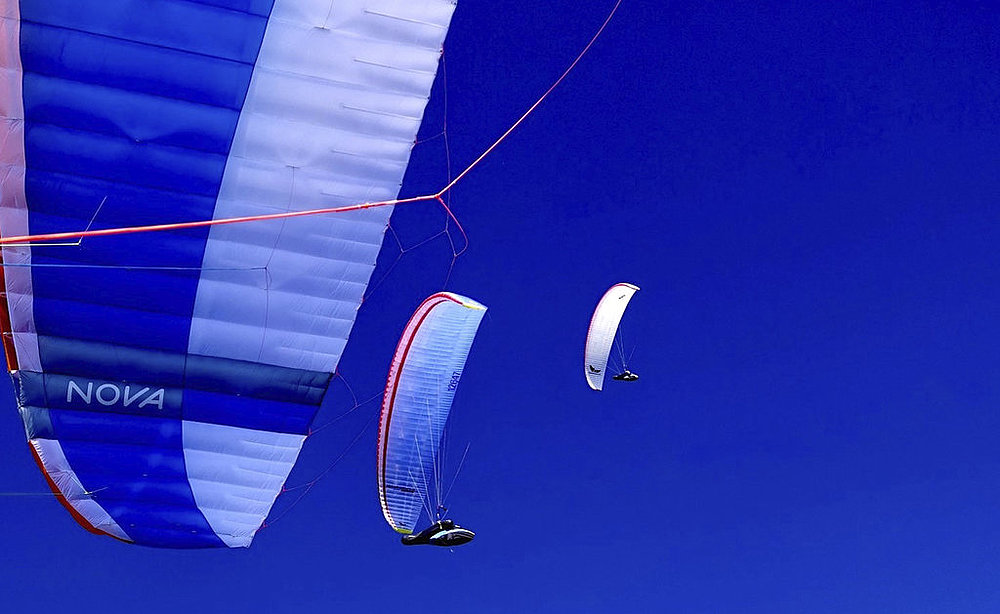
To feel comfortable with your wing is the most important argument when choosing a class / Photo: Rolf von Arx
Ratio OVERALL – SPORT – STANDARD
One of the most hotly debated questions among cross country pilots is that of the glider class: how much wing do I need? What category of wing do I need/want to fly far?
To look at this more closely, we have put the scores of the winners in Sports, Standard and Women’s category in relation to the score of the Overall winner in the respective year:
Season | Overall winner points | Ratio Sport to Overall winner | Ratio Standard to Overall winner | Ratio Standard to Sport winner | Ratio Women to Overall winner |
2007 | 1570 | 85% | 56% | 65% | 44% |
2008 | 1856 | 81% | 71% | 87% | 39% |
2009 | 1758 | 82% | 82% | 100% | 63% |
2010 | 1895 | 94% | 90% | 96% | 57% |
2011 | 1951 | 97% | 88% | 90% | 58% |
2012 | 1903 | 92% | 83% | 90% | 55% |
2013 | 2300 | 83% | 83% | 100% | 74% |
2014 | 2247 | 93% | 93% | 100% | 61% |
2015 | 2182 | 98% | 98% | 100% | 79% |
2016 | 2401 | 86% | 86% | 100% | 57% |
2017 | 2520 | 77% | 72% | 94% | 64% |
2018 | 2693 | 72% | 72% | 100% | 55% |
2019 | 2782 | 91% | 83% | 92% | 74% |
2020 | 2778 | 69% | 69% | 100% | 82% |
With two exceptions, the ratio of Sports Class to Overall does not fluctuate too much and there is no discernible trend - between 77 and an astonishing 98%. Only in 2018 and 2020 did the figures drop to 72 and 69%. Will the difference in performance of the Open Class gliders to ≤ EN C increase? Or are the top pilots improving? Or both?
If you look at the Standard Class winners relative to the Overall winners, there is a trend - the first four years strongly increasing (from 56 to 90%), then six years remaining constant between 83 and 89%. In recent years the trend has been downwards again to 69% in 2020. Standstill in the EN B Class? Or are the top pilots trading up to higher wing categories?
It is interesting to compare the winners of the Sports and Standard Classes. In half of all years the Standard Class winner was also the winner in the Sports Class! Amazing! Five of these seven pilots flew a NOVA glider (2009 Urs Haari, 2013 Hans Tockner, 2014, 2015 and 2016 Berni Pessl) - respect!
For women, however, there is a clear trend: top female pilots are increasingly giving men a run for their money!
Now you have fought your way through all the numbers. Before you let your own ambitions get the better of you, let us briefly recall the most important thing of all - to have fun and be safe is always more important than winning!